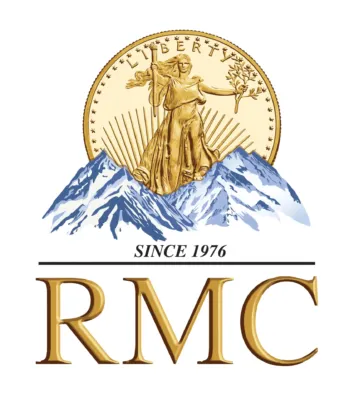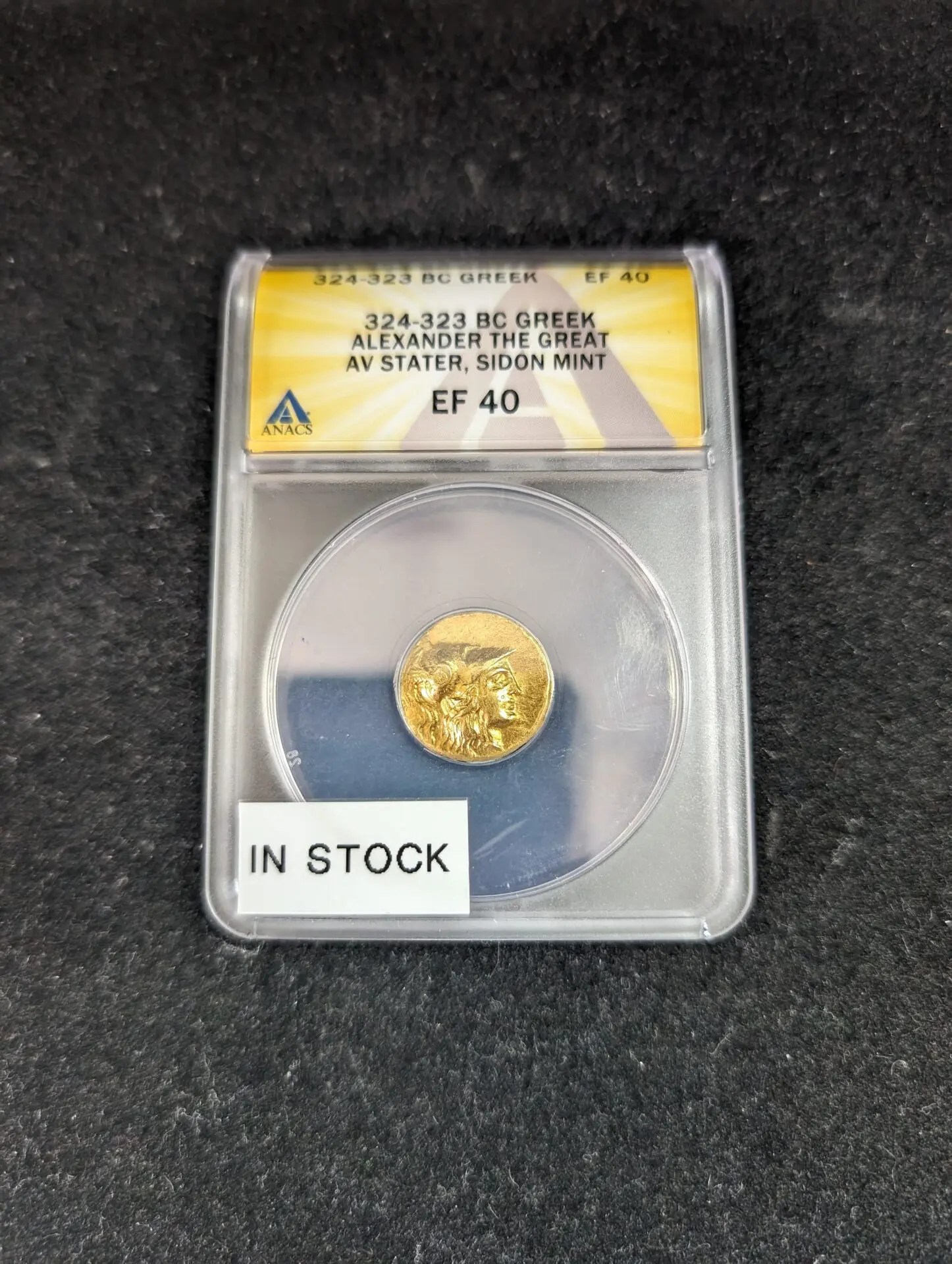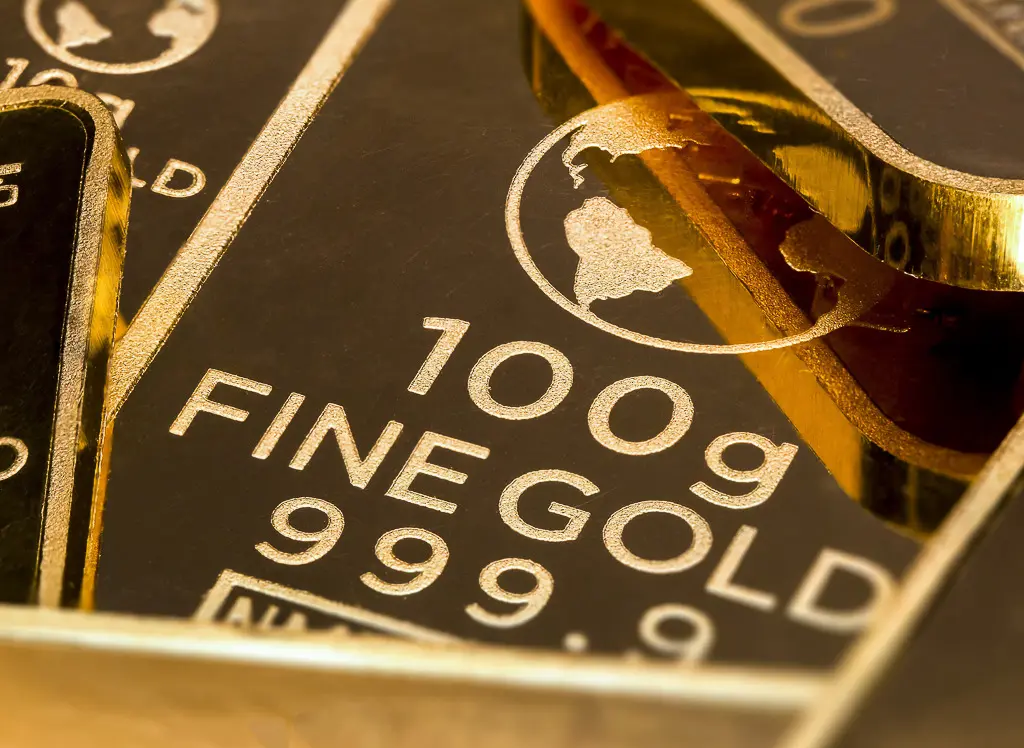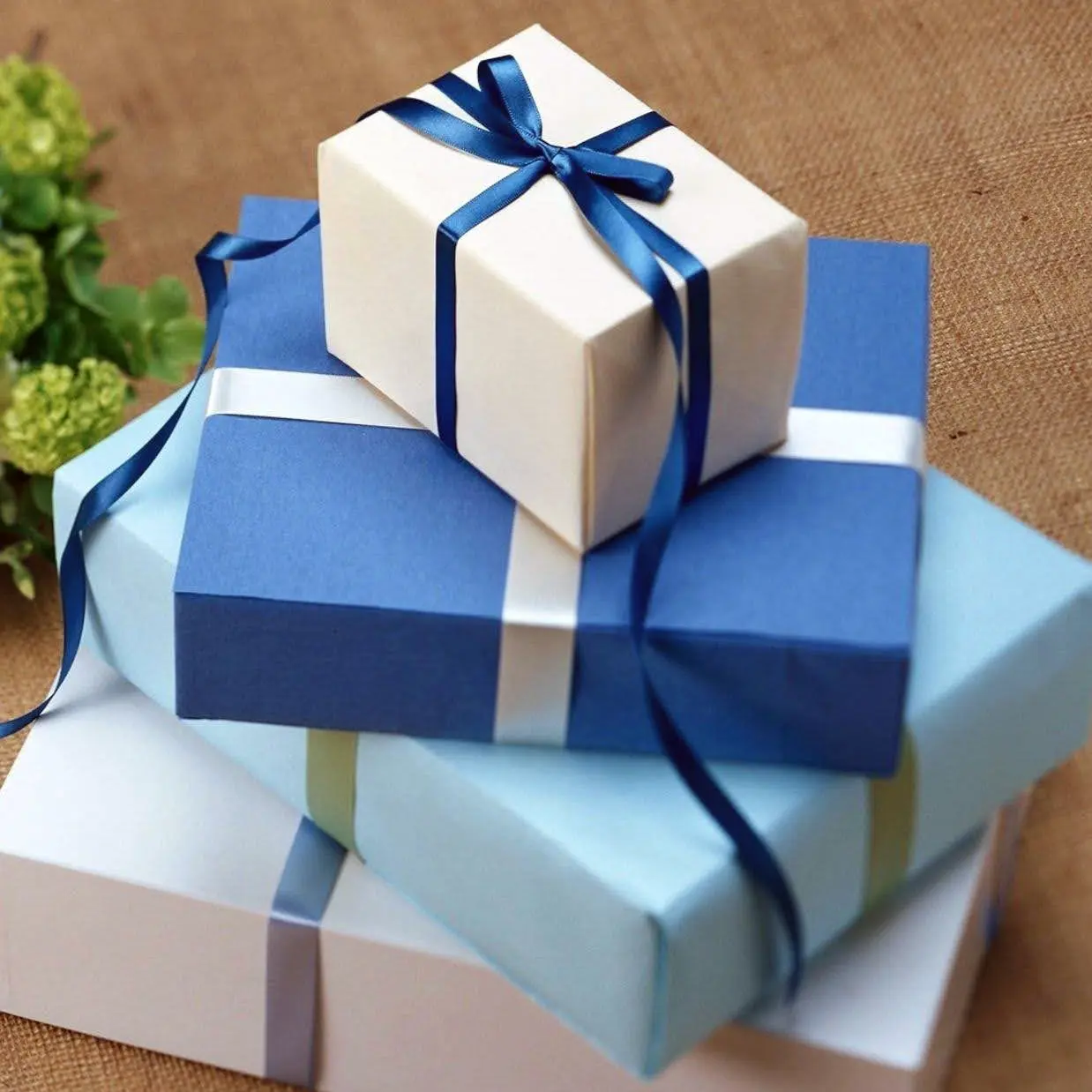When you think of precious metals, you probably think of expensive jewelry, Tiffany’s boxes, or the intricate cogs of a pricey watch. But many people manage to find precious metals in unlikely places. Treasure seekers find rare coins using metal detectors, while bargain shoppers often find precious metal jewelry at pawn shops and consignment boutiques.
But because these materials are valuable, counterfeiters and jewelers also use mixed metals or other substances to fake the appearance of gold, silver, platinum, or palladium.
If you worry about the authenticity of your valuables, review these seven facts about precious metals. We explain various properties of these precious metals, and we also offer you a few methods to find out definitively if your metal is real.
Once you know for sure, take your precious metal to an expert and get its value appraised.
1. Real Precious Metal Weighs More
Gold, silver, and especially platinum weigh significantly more than the other metals (like mercury) used to create realistic-looking alternatives.
2. Precious Metal Items Have Hallmarks
A hallmark is a sign included on a piece of jewelry that assures the buyer that the piece meets the minimum requirements for precious metal contents. Hallmarks are usually placed on the inside of a ring or near the clasp of a necklace or bracelet. We list the hallmarks for each precious metal below:
Gold:
Karat gold is the purest gold substance used in jewelry today. Any items that contain 24-karat gold will feature the “24K” or “24kt” hallmark. Gold that has the “22K” hallmark, in contrast, contains just over 90% pure gold.
Jewelry filled with gold, or that contains gold overlay, will be marked with the “GF” hallmark. Typically jewelers use a mixture of gold and alloy metals to create these items. Others prefer to gold-plate jewelry and mark this distinction with the “GP” hallmark.
Silver:
A minimum of 92.5% silver is the benchmark for solid or sterling silver. These silver valuables will present the “sterling” or “925” hallmark.
Platinum:
A platinum content above 95% is required for this precious metal. You’ll recognize platinum in jewelry and flatware when you see the “platinum” or “plat” hallmark. Palladium: Metal experts haven’t yet determined a purity rating for palladium. Instead, jewelers mark all palladium accessories with “pall” or “Pd.”
3. Precious Metal Rubs Off Differently
Even if you can’t find the markings on a jewelry item, you can identify the material by rubbing the item against a cloth. Real gold will leave no mark, while counterfeit gold or alloy will leave gold-colored residue on the cloth.
With silver items, expect just the opposite. Real silver or silver-plated items will turn the cloth black. Alloy mixtures won’t leave any trace.
4. Precious Metals Aren’t Magnetic
Gold, silver, and platinum are not magnetic. The next time you spot precious metal, put it to the test. Take your coin or piece of jewelry, and place a strong magnet on top of the object. Slowly tilt your metal item to see if the magnet sticks to the object by the magnetic pull, or if it slides off onto the ground.
If the metal attracts the magnet, you know it must be an alloy mixture and not a precious metal.
5. Gold Won’t Scratch Glass
If you find a gold piece or jewelry with gold as its base, use the item to draw on a window or piece of glass. Real gold is soft and malleable and won’t leave a scratch on the glass surface like a counterfeit will.
Another testing method is to run the gold piece on a section of tile. If the piece leaves a black mark, it doesn’t contain pure gold. High-quality gold pieces will leave a yellow or gold streak on the tile’s surface.
6. Silver Feels Warm to the Touch
Stainless steel, a common substitute for pure silver, has different metallic properties. Silver will feel closer to your body temperature when you hold it in your hand. Stainless steel, however, will absorb the heat more quickly and feel cold on your skin.
Silver conducts heat energy so well that it will also melt an ice cube. If you find a silver kettle, tea pot, or coin, put a solid ice cube on the surface of the metal and watch it melt away. Substitute metals won’t offer the same heat conduction.
7. Gold Does Not Tarnish or Rust
Though silver objects have a reputation for tarnishing as they age, gold will never rust or corrode. The distinct yellow-gold color of this precious metal will continue to look brand new even after years of neglect.
Not all gold varieties look identical, though. If you question the authenticity of your gold piece, compare it to brass or platinum to help see the difference in hue.
Some metal enthusiasts invest in complicated acid tests or testing mechanisms to identify their precious metals. But if the simple tips above don’t put your mind at ease, the best way to determine the metal content of your belongings is to take it to a certified precious metal specialist.




